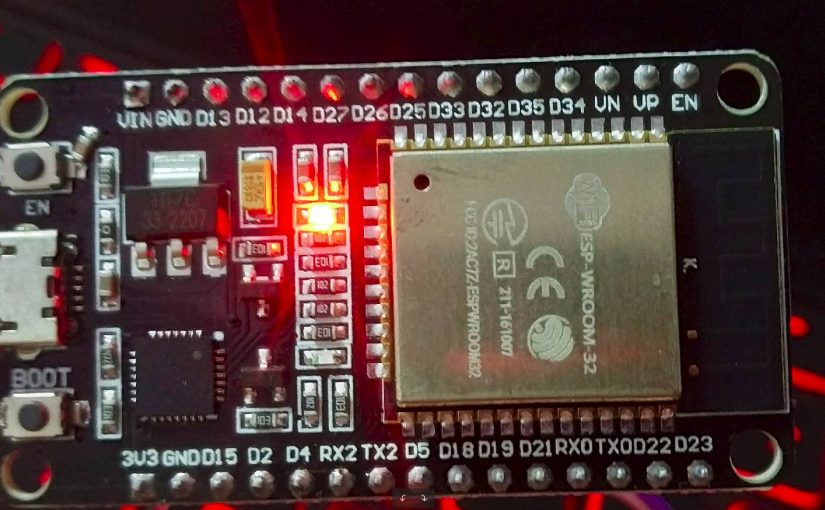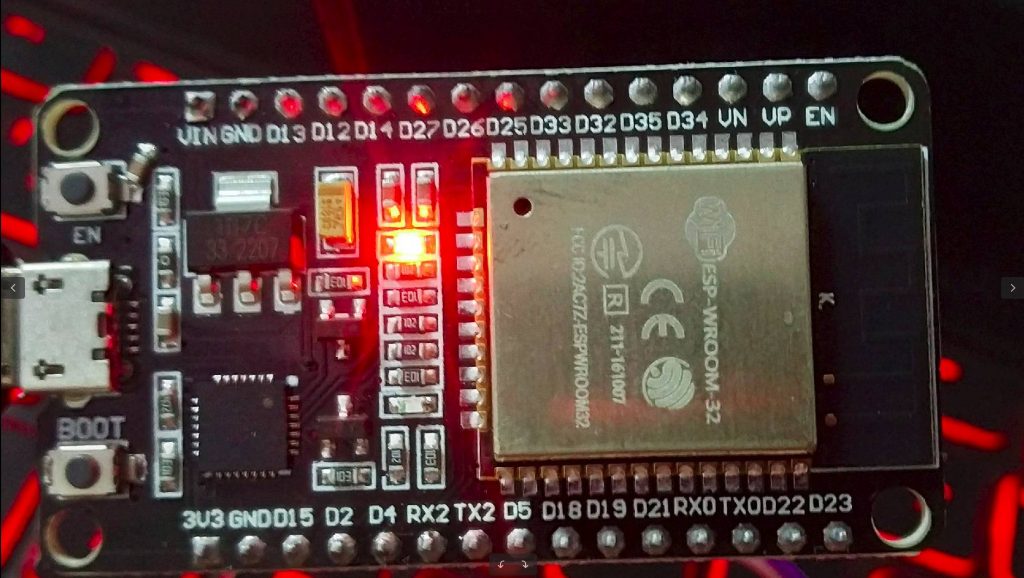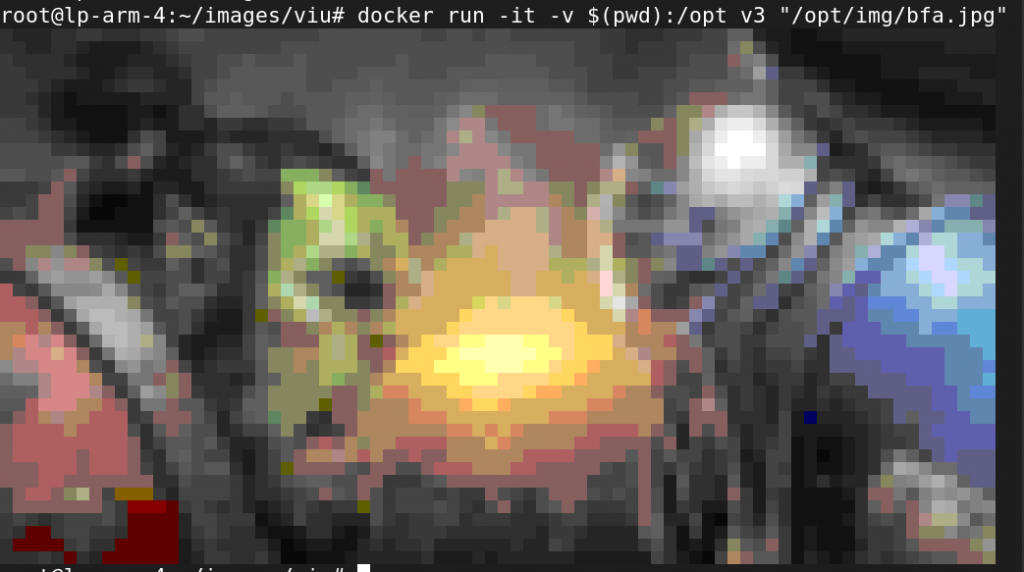#ARM64
arm64_image_digest=$(docker manifest inspect nginx | jq '.manifests[] | select(.platform.architecture == "arm64")' | jq '.digest'| sed 's/"//g')
#AMD64
amd64_image_digest=$(docker manifest inspect nginx | jq '.manifests[] | select(.platform.architecture == "arm64")' | jq '.digest'| sed 's/"//g')
docker tag nginx your-username/nginx:amd64
docker tag nginx your-username/nginx:arm64
docker push your-username/nginx:amd64
docker push your-username/nginx:arm64
docker manifest create \
your-username/nginx:latest \
--amend your-username/nginx:amd64 \
--amend your-username/nginx:arm64
docker manifest push your-username/nginx:latesthttps://www.docker.com/blog/multi-arch-build-and-images-the-simple-way/
export DOCKER_BUILDKIT=1
docker buildx create --use
docker buildx build --push --platform linux/arm64,linux/amd64 -t httpd-custom .
docker buildx stop
docker buildx rm
##10 0.064 .buildkit_qemu_emulator: /bin/sh: Invalid ELF image for this architecture
docker run --rm --privileged multiarch/qemu-user-static:register --reset
docker run --rm --privileged multiarch/qemu-user-static --reset -p yes
docker run --rm --privileged multiarch/qemu-user-static --reset -p yes
docker buildx rm builder
docker buildx create --name builder --driver docker-container --use
docker buildx inspect --bootstrap




